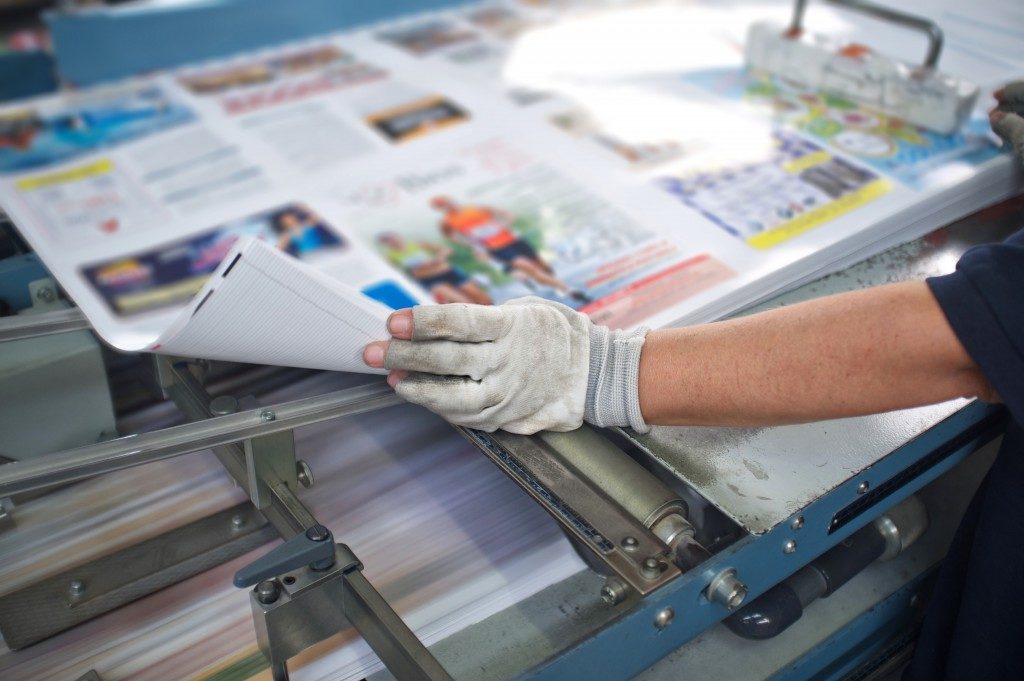- The restaurant industry is competitive, with success requiring careful cost management and awareness of hidden expenses.
- Hidden costs include food wastage, employee turnover, energy consumption, marketing, maintenance, and linen expenses.
- Reducing food wastage, minimizing employee turnover, and lowering energy costs are crucial cost optimization strategies.
- Implementing marketing plans, regular maintenance, and smart linen management can also help control hidden costs.
- Proactive measures like hiring experienced staff, using inventory management systems, and conducting energy audits can mitigate these costs.
Running a restaurant business is not easy, as there are always a lot of hidden costs that you have to deal with. These expenses can quickly add up, leading your restaurant to bankruptcy if you’re not careful. Here’s what you need to know about the restaurant industry, certain hidden costs that can affect your business, and proactive ways to reduce these costs.
The Restaurant Industry
It’s estimated that about 100,000 chain restaurants are in the United States alone, with independent restaurants numbering around 500,000. The restaurant industry is a highly competitive and ever-evolving market that brings in billions of dollars annually. However, it’s also an industry notorious for its high failure rates.
To succeed in this industry, you need more than just delicious food and a prime location; you must also be aware of the various costs of running a restaurant and find ways to optimize them.
Hidden Costs in Running a Restaurant
Aside from your standard operating expenses such as rent, utilities, and employee wages, many hidden costs can quickly eat away at your profits. Some of these include:

1. Food Wastage
Food waste is one of the biggest hidden costs that restaurants face. Some food will inevitably be wasted during preparation, but a significant amount is wasted due to over-ordering or improper inventory management. This is especially true for perishable items like veggies and meats. To minimize food wastage, restaurant owners should track their inventory, order only what they need, and find ways to use leftovers creatively. Reducing food wastage will save you money and help you make your restaurant more eco-friendly.
2. Employee Turnover
Another hidden cost that can lead your restaurant to bankruptcy is employee turnover. The cost of training new employees, the time taken to get them up to speed, and the impact on the morale of remaining staff after a company’s high turnover rates can be significant. To reduce employee turnover, restaurant owners should focus on employee training and development and incentivize employees to stay with the company for the long term. This includes providing opportunities for career advancement, offering a fair wage, and having an open-door policy for feedback.
3. Energy Consumption
Running a restaurant requires a considerable amount of energy. Electricity is needed to keep the lights and ovens running, water is used for cooking and cleaning, and gas powers stoves and grills . Energy costs can creep up and become a hidden, often overlooked cost. To lower energy costs, restaurant owners should install energy-efficient systems, such as LED bulbs, Energy Star appliances, and low-flow faucets. Employees can also be educated on how to conserve energy by turning off electrical items when not in use or using natural light instead of artificial light during the daytime.
4. Marketing
Marketing cost is another hidden expense that many restaurant owners fail to include in their monthly budgets. Without proper marketing, it may be challenging for a restaurant to generate traffic and profit . Online advertising, social media marketing, or hosting events are some of the most effective ways for restaurants to attract more customers. Creating a marketing plan tailored to your restaurant’s target market and budget is essential to keep marketing costs in line. Restaurant owners can partner with influencers, offer loyalty programs to customers, and invest in Search Engine Optimization (SEO) to increase brand visibility.
5. Maintenance and Repairs
Restaurants can be costly to maintain. Determining the expense upfront can be challenging when equipment breaks, or something needs fixing. Regular restaurant equipment maintenance is essential for durability and can prevent expensive repairs. Before making repairs or replacements, it’s essential to consider factors like quality, cost, and automation when determining the best course of action. Investing in modern equipment that can be monitored remotely and detect small issues before they become big problems may be worthwhile.
6. Linen
Linen is a common expense faced by restaurant owners. From tablecloths to napkins, keeping up with the laundry can be an additional cost that may not have been budgeted. To reduce these costs, consider finding an affordable linen rental service . The service can deliver clean linens as needed, saving you the time and hassle of washing them yourself. You could also invest in high-quality, durable materials that withstand frequent washes.
Proactive Ways to Reduce Hidden Costs
The hospitality industry is known to have slim profit margins. Restaurant owners must proactively reduce hidden costs to keep their businesses afloat. Some ways to reduce hidden costs include:

Hire Experienced Employees
Having experienced employees is beneficial to your restaurant in the long run. They require less training, are more efficient, and can help keep turnover rates low. A solid team you can rely on will save you time and money.
Implement Inventory Management Systems
Investing in inventory management systems such as digital platforms or software can help track stock levels accurately, ensure timely reordering, and minimize food wastage. It can also help manage labor costs by eliminating the need for manual inventory tracking.
Conduct Regular Energy Audits
Regular energy audits can help identify areas where energy is being wasted, allowing you to make necessary changes that could save money in the long run. Changes like switching to LED bulbs or installing a programmable thermostat can significantly impact your energy bills.
Running a successful restaurant requires more than a passion for food and service. It necessitates a clear understanding of the hidden costs that come with the business and practical strategies to mitigate them. Restaurant owners can significantly reduce these costs by proactively implementing measures such as hiring experienced staff, investing in inventory management systems, and conducting regular energy audits. While the restaurant industry may be challenging, with careful planning and management, it can also be gratifying. Effective cost management and continuous improvement are the keys to success in any business.


